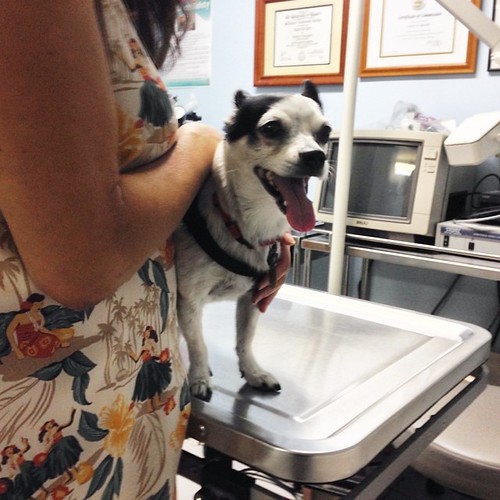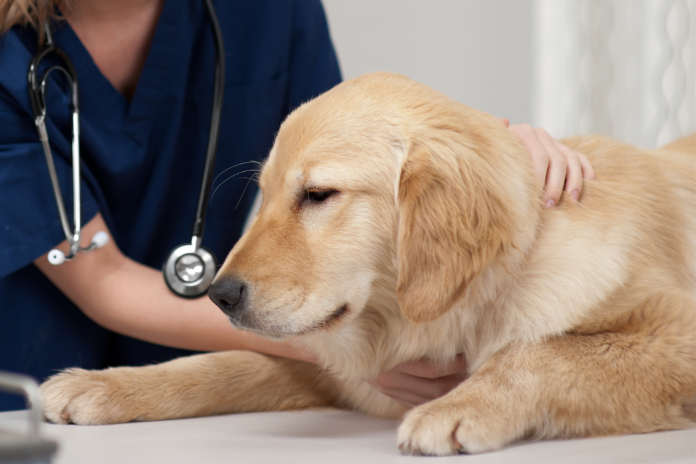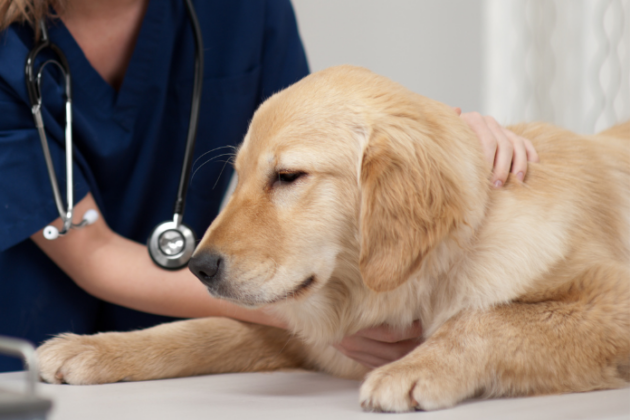Recognizing Lumps and Bumps
Finding a new lump or bump on your pet can be worrying, but Animal Wellness Magazine is here to help. Understanding what these lumps might mean is important for any pet owner.
Lumps come in various forms—some harmless, some needing attention. Knowing the difference helps you and your pet stay calm and healthy. The article explains different types of common lumps, why they occur, and what actions to take. This helps in early detection and treatment, giving pet owners the knowledge needed for proper care.

Common Types of Lumps:
- Lipomas: Benign fatty lumps, soft, and movable. Common in older pets and usually not painful. Surgery is needed if they cause discomfort.
- Abscesses: Result from infections, often due to bites or scratches. These painful lumps need veterinary care as they are filled with pus.
- Sebaceous Cysts: Blocked oil glands that look like pimples. They can burst and become infected, requiring vet visits.
- Warts: More common in younger animals or those with weak immune systems. Usually harmless and can disappear on their own.
- Mast Cell Tumors: Can be benign or malignant and vary in appearance. Always seek veterinary help for these tumors.
- Histiocytomas: Benign tumors mostly seen in young dogs that often go away without treatment unless they cause pain or interfere with activities.
- Basal Cell Tumors: Often found in older cats, these lumps can be benign or malignant. Always consult a vet if you find one.
- Melanomas: These can be benign or malignant. Malignant melanomas often look like dark lumps or sores and require immediate veterinary consultation.
- Squamous Cell Carcinomas: Typically malignant, found in areas with less hair, especially in outdoor pets. These firm lumps should be checked by a vet.
- Fibrosarcomas: Malignant tumors arising from connective tissues, forming firm lumps. These need veterinary examination for proper treatment.
Early detection and knowing when to consult a vet can make a significant difference in your pet’s health. Awareness and prompt action are key in managing your pet’s lumps effectively.
“Regularly checking your pets for any unusual lumps or bumps and consulting your vet can help ensure timely care and a healthy life for your furry friends.”
Animal Wellness Magazine guides you in understanding what you might find on your pet and what to do about it, providing peace of mind and better health for your beloved animals.

Importance of Timely Veterinary Assessment
Veterinary assessment is important for lumps on your pets. Even if a lump seems harmless, only a vet can confirm its nature. Vets use various tools and techniques to diagnose lumps accurately.
Early detection is key. Some lumps might seem benign but can be malignant. Regular checks and timely veterinary visits can make a big difference.
Lumps and What to Do:
| Lump Type | Features | Action Needed |
|---|---|---|
| Lipomas | Soft, movable, painless | Vet check; surgery if large |
| Abscesses | Painful, filled with pus | Urgent vet visit |
| Sebaceous Cysts | Blocked oil gland, may burst | Vet check |
| Warts | Common in young/immune-weakened pets | Usually harmless, monitor |
| Mast Cell Tumors | Varies in appearance, can be malignant | Immediate vet consultation |
| Histiocytomas | Benign, often in young dogs | Monitor, vet if painful |
| Basal Cell Tumors | Firm, often hairless lumps | Vet check |
| Melanomas | Dark lumps/sores, possibly inside mouth | Urgent vet visit |
| Squamous Cell Carcinomas | Firm, raised, often ulcerated | Vet check |
| Fibrosarcomas | Firm bumps, can be multiple | Vet check |
Each type of lump requires a different approach. Regular vet visits can help catch issues early, improving your pet’s health outcomes.

Your vet will identify the lump and provide a treatment plan. This might involve medication, surgery, or observation. Trusting your vet’s expertise ensures the best care for your pet.
Don’t hesitate to make that appointment if you find something unusual. Your vet’s assessment can give you peace of mind and ensure your furry friend’s well-being.
Supporting Your Pet’s Immune Health
Keeping your pet’s immune system strong helps in preventing and managing lumps. Boosting your pet’s immune health helps them fight infections and reduces the risk of tumors.
Supporting Your Pet’s Immune Health:
- Proper Nutrition: Feed your pet a balanced diet with high-quality ingredients. Look for foods rich in antioxidants, vitamins, and minerals.
- Regular Exercise: Keeping your pet active helps maintain a healthy weight and improves overall well-being. Regular walks, playtime, and engaging activities help keep their immune system in check.
- Hydration: Ensure your pet has access to fresh water. Proper hydration is crucial for their immune health.
- Supplements: Consider adding supplements to your pet’s diet. There are specific supplements designed to support immune health in dogs and cats.
Immune-Boosting Supplements:
- Immune Support Formula: Packed with essential vitamins, minerals, and herbs, this supplement helps optimize immune function.
- Longevity Complex: Combines ingredients that support inflammatory responses, reduce oxidative stress, and promote overall health.
Talk with your vet before making changes to your pet’s diet, including adding supplements.
Regular check-ups with your vet are important. Early detection allows for timely intervention, which is often lifesaving.
Explore more tips and detailed information on identifying and managing lumps in your pets here.
Have you found a lump on your pet? Share your experience in the comments below or ask our community for advice. Stay tuned for more pet health tips!
BONUS PICS


